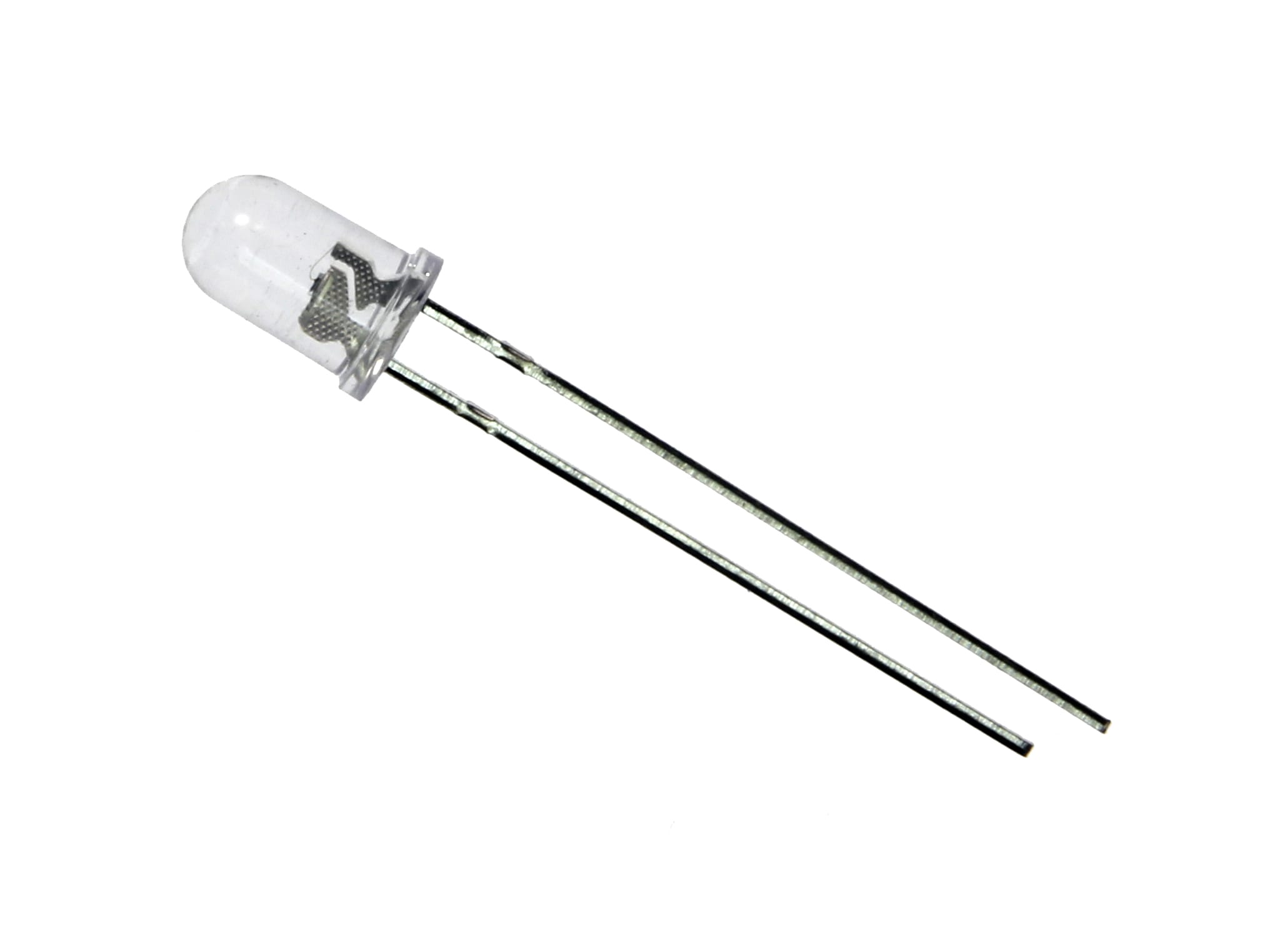Contents

Source: YouTube
Bipolar Phototransistors
Phototransistors are semiconductor-based photodetectors that can be classified into bipolar phototransistors and field-effect phototransistors (photoFETs). Bipolar phototransistors operate on the principle of amplifying collector current when light hits the base-collector junction. This amplification results in higher responsivity compared to photodiodes. However, the detection bandwidth of bipolar phototransistors is limited by the electrical capacitance of the collector-base junction, leading to slower response times.
Operation Principle and Responsivity
A bipolar phototransistor functions similarly to an electronic transistor but with the added capability of light detection. The injection of electrical carriers into the base due to incident light leads to significant amplification of collector current, enhancing the device’s responsivity. Despite higher responsivity, factors like photocurrent noise and dark current can impact sensitivity to detection.
Spectral Regions and Materials
Phototransistors can be fabricated using different semiconductor materials such as germanium, silicon, and gallium arsenide, allowing them to operate in various wavelength regions. The choice of material affects the device’s performance in terms of sensitivity to different light wavelengths.
Field Effect Phototransistors (PhotoFETs)
Field-effect phototransistors, or photoFETs, are a type of phototransistor that operates on field-effect transistor principles. These devices can be controlled by light without requiring a drive current, offering unique characteristics for specific applications. PhotoFETs are particularly useful in sensitive infrared detectors due to their ability to respond to light with high precision.
Applications and Comparisons
Phototransistors find applications in opto-isolators and light curtain detectors where increased responsivity is beneficial. Compared to avalanche photodiodes, which also offer high responsivity, phototransistors operate at lower voltages and exhibit different amplification mechanisms. Understanding the differences between phototransistor types helps in selecting the most suitable device for specific light detection requirements.
Overall, phototransistors play a vital role in various optoelectronic applications where higher responsivity and light detection capabilities are essential.

Source: Solarbotics
Feel free to comment your thoughts.



